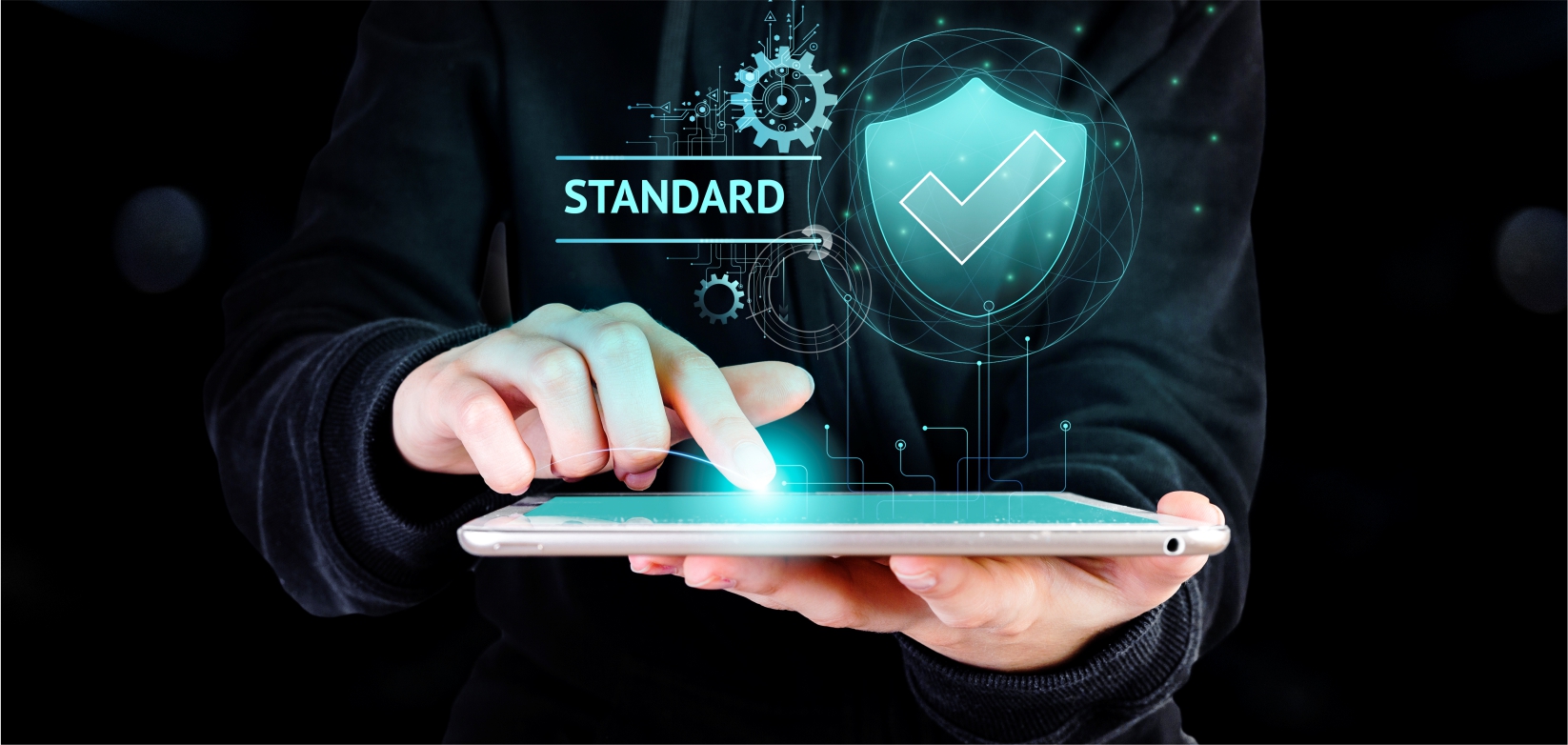
In an era where cyber threats are constantly evolving, adopting advanced cybersecurity measures is crucial for businesses to protect sensitive data, ensure compliance, and maintain trust with customers and stakeholders. Implementing cutting-edge security tools, multi-factor authentication, and regular audits can significantly enhance your organization’s security posture. Here’s a comprehensive guide to these advanced cybersecurity measures.
1. Cutting-Edge Security Tools
1.1. Intrusion Detection and Prevention Systems (IDPS)
Intrusion detection and prevention systems monitor network traffic for suspicious activity and take action to prevent potential breaches. These systems use advanced algorithms and machine learning to detect anomalies and respond in real-time.
a. Network-Based IDPS: Monitors network traffic for malicious activity.
b. Host-Based IDPS: Monitors individual devices and servers for signs of compromise.
1.2. Endpoint Detection and Response (EDR)
EDR tools provide continuous monitoring and response capabilities for endpoints such as laptops, desktops, and servers. They detect and investigate suspicious activities and employ automated responses to mitigate threats.
a. Real-Time Monitoring: Continuous surveillance of endpoints for threats.
b. Automated Response: Immediate action to isolate and neutralize threats.
1.3. Next-Generation Firewalls (NGFW)
Next-generation firewalls go beyond traditional firewalls by incorporating advanced features such as deep packet inspection, intrusion prevention, and application awareness.
a. Deep Packet Inspection: Examines the data within packets for threats.
b. Application Control: Monitors and controls application usage on the network.
1.4. Security Information and Event Management (SIEM)
SIEM systems collect and analyze security data from various sources to provide real-time visibility and incident response capabilities.
a. Centralized Logging: Aggregates logs from across the network.
b. Advanced Analytics: Uses machine learning to identify and respond to threats.
1.5. Data Loss Prevention (DLP)
DLP tools protect sensitive data from unauthorized access and exfiltration by monitoring and controlling data transfers across the network.
a. Content Inspection: Scans data for sensitive information.
b. Policy Enforcement: Blocks or encrypts data transfers that violate security policies.
2. Multi-Factor Authentication (MFA)
2.1. Strengthening Access Control
Multi-factor authentication requires users to provide multiple forms of verification before gaining access to systems and data. This significantly reduces the risk of unauthorized access.
a. Something You Know: Password or PIN.
b. Something You Have: Security token, smartphone, or smart card.
c. Something You Are: Biometric verification (fingerprint, facial recognition).
2.2. Implementing MFA
Businesses should implement MFA across all critical systems, applications, and data repositories to enhance security.
a. Cloud Services: Ensure that cloud-based applications and services support MFA.
b. Remote Access: Secure remote access solutions such as VPNs and remote desktop services with MFA.
c. Administrative Access: Require MFA for privileged accounts and administrative access.
2.3. User Education
Educate employees on the importance of MFA and how to use it effectively. Regular training sessions can help ensure that users understand and comply with MFA policies.
3. Regular Security Audits
3.1. Comprehensive Security Assessments
Regular security audits are essential for identifying vulnerabilities, assessing compliance, and ensuring that security measures are effective.
a. Internal Audits: Conducted by in-house security teams to regularly review security practices and controls.
b. External Audits: Performed by third-party auditors to provide an unbiased assessment of security posture.
3.2. Vulnerability Assessments
Regular vulnerability assessments help identify and remediate security weaknesses before they can be exploited by attackers.
a. Automated Scanning: Use automated tools to regularly scan for known vulnerabilities.
b. Manual Testing: Conduct manual penetration testing to uncover complex vulnerabilities.
3.3. Compliance Audits
Ensure that your organization complies with relevant regulatory requirements and industry standards, such as GDPR, HIPAA, and PCI-DSS.
Policy Review: Regularly review and update security policies and procedures to maintain compliance.
Documentation: Maintain thorough documentation of security controls and audit findings.
3.4. Incident Response Plan
Regularly audit and update your incident response plan to ensure it remains effective in the event of a security breach.
a. Simulation Exercises: Conduct regular simulation exercises to test the effectiveness of the incident response plan.
b. Post-Incident Review: Analyze incidents and response efforts to identify areas for improvement.
Conclusion
Adopting advanced cybersecurity measures is essential for protecting sensitive data, ensuring compliance, and maintaining trust in today’s digital landscape. By implementing cutting-edge security tools, multi-factor authentication, and regular security audits, businesses can significantly enhance their security posture and better defend against evolving cyber threats. These measures not only provide robust protection but also demonstrate a commitment to security and privacy, which can be a competitive advantage in a security-conscious market.




 Together!
Together!Ready to elevate your online presence? Get in touch with us today
for
personalized
solutions tailored to your business needs.